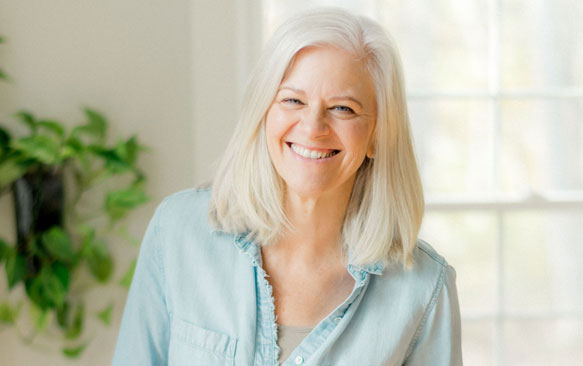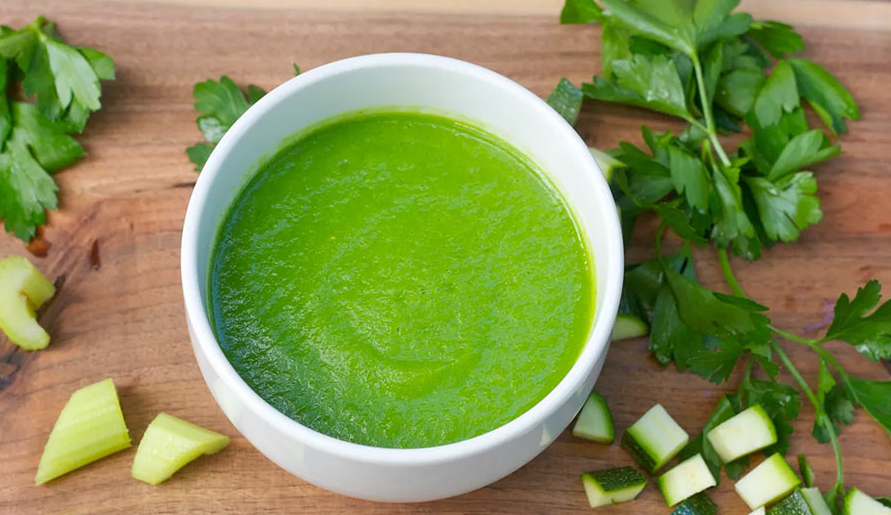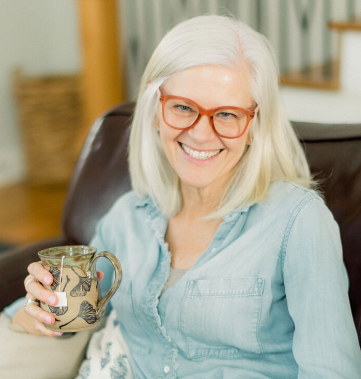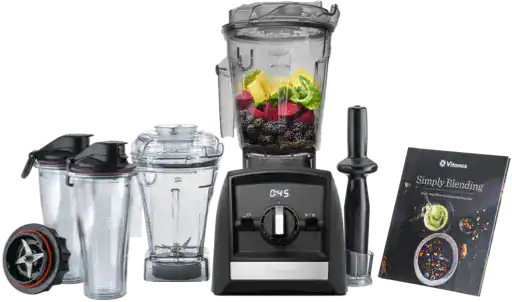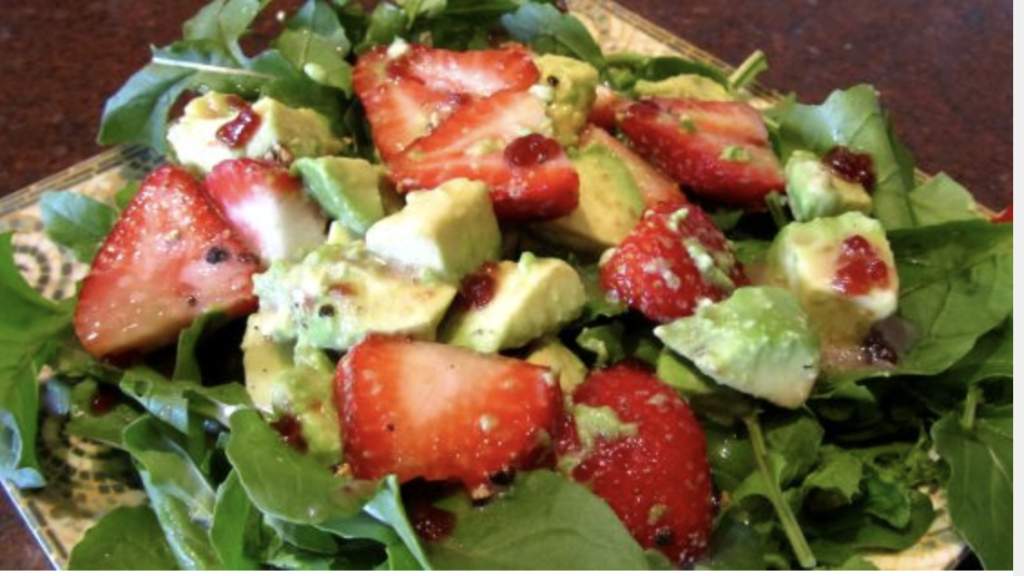Renewal in March brings with it a sense of rejuvenation, a stirring of hope and new beginnings.
For those on the journey of healing from cancer, overcoming it, or aiming to prevent it, this season can symbolize not just the changing of weather, but the transformation within us. As we navigate this path, one concept that resonates deeply is bio-individuality.
Bio-individuality, in its essence, recognizes that each of us is uniquely different, not just in our physical makeup, but in how our bodies respond to various stimuli, including nutrition. This concept challenges the notion of one-size-fits-all dietary advice and emphasizes the importance of tailoring our approach to nutrition based on our individual needs and experiences.
In our quest for optimal health, we often encounter conflicting information. One source may advocate for a high-fat diet, while another insists on cutting out fats entirely. Carbohydrates might be demonized in one camp while celebrated in another. Artificial sweeteners could be hailed as a savior by some, while others warn of their detrimental effects.
Amidst this sea of contradictions, how do we discern what’s truly beneficial for us on our cancer healing journey? Here’s where bio-individuality steps in as our guiding light.
Let’s delve into some practical tips for embracing bio-individual nutrition:
Prioritize Plant-Based Foods: Vegetables, especially dark, leafy greens, offer a plethora of nutrients crucial for supporting our bodies during cancer treatment and beyond. Experiment with both raw and cooked veggies to find what suits your digestion best. Whether it’s adding a side of sautéed spinach to your meal or enjoying a colorful array of roasted vegetables bursting with flavor, incorporating more plant-based options into your diet can have profound benefits. (eat from the wild side food for thought nutrition webinar)
Mind Your Sugar Intake: Refined sugars, abundant in processed foods, can wreak havoc on our health, contributing to inflammation and metabolic imbalances. While some may tolerate natural sugars found in fruits better than others, it’s essential to be mindful of your sugar consumption. Experiment with eliminating certain sources of sugar from your diet and observe how your body responds. This self-awareness empowers you to make informed choices aligned with your bio-individual needs. (believe big podcast episode on sugar)
Choose Healthy Fats: Not all fats are created equal. Opt for sources of healthy fats like nuts, seeds, avocado, and fatty fish rich in omega-3 fatty acids. These fats support brain health, cardiovascular function, and overall well-being. Be discerning in your fat choices, avoiding trans fats found in processed foods and moderating intake of saturated fats. Listen to your body and consult with healthcare professionals to determine the optimal balance of fats for your unique physiology. (believe big podcast episode about The Benefits of an Anti-Inflammatory Diet)
As we embrace the concept of bio-individuality, we reclaim agency over our health journey. By honoring our individuality and listening to the subtle cues of our bodies, we can cultivate a nourishing relationship with food that supports our healing and vitality.
In this season of renewal, let us embrace the inherent wisdom of our bodies and journey towards optimal health, one personalized step at a time.
Education and support are invaluable resources.
To delve deeper into topics related to cancer healing and personalized nutrition, consider tuning in to the Believe Big podcast. Featuring insightful conversations and expert guests, the podcast offers a wealth of knowledge and inspiration to empower you on your wellness journey.
Additionally, for those seeking practical guidance and evidence-based insights, don’t miss out on our Food for Thought Nutrition webinars. These free webinars provide valuable information and actionable strategies to optimize your nutrition and support your overall health and well-being. Register now to secure your spot and take the next step towards a healthier, more vibrant you.
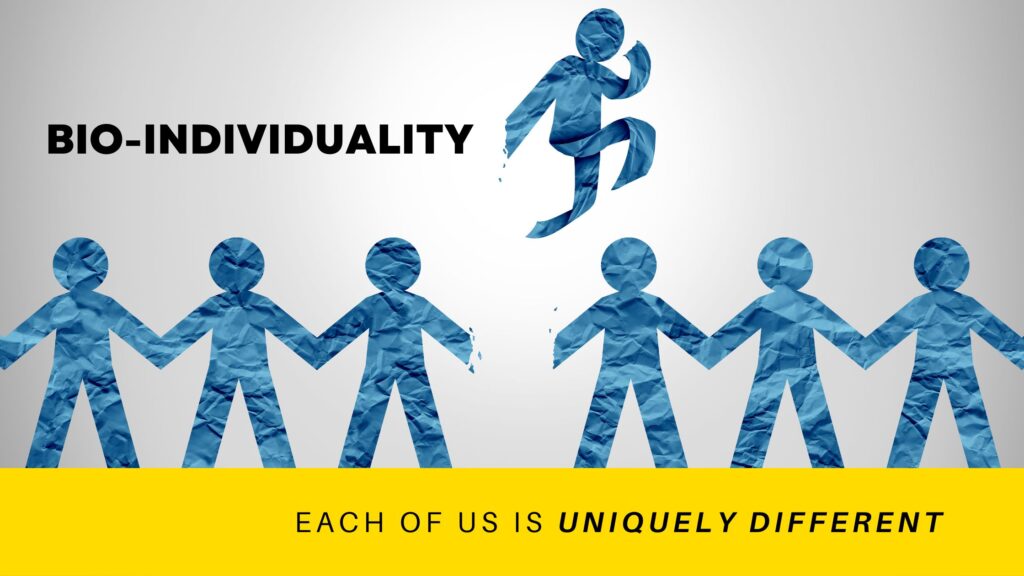
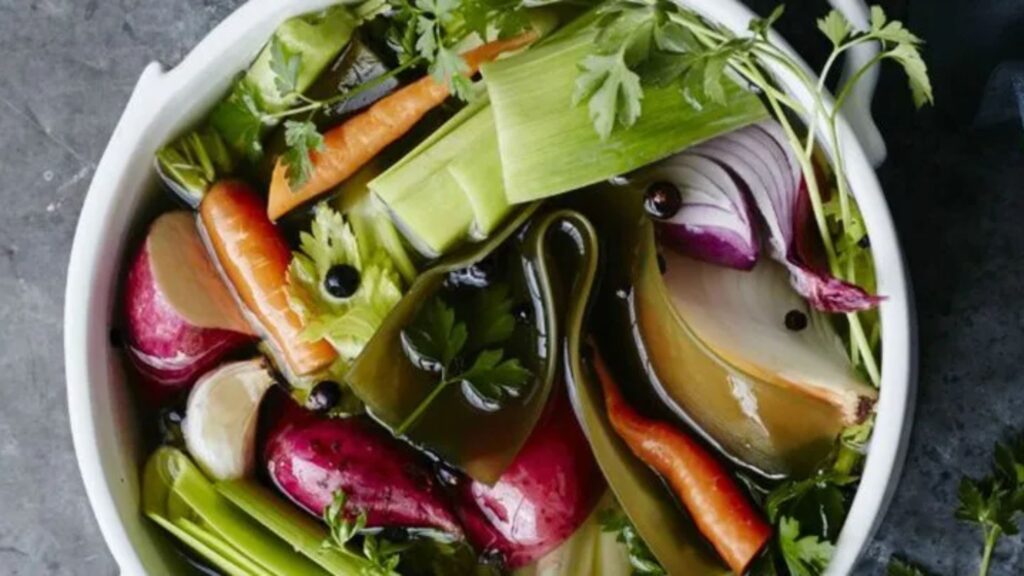

 The VitaBall:
The VitaBall: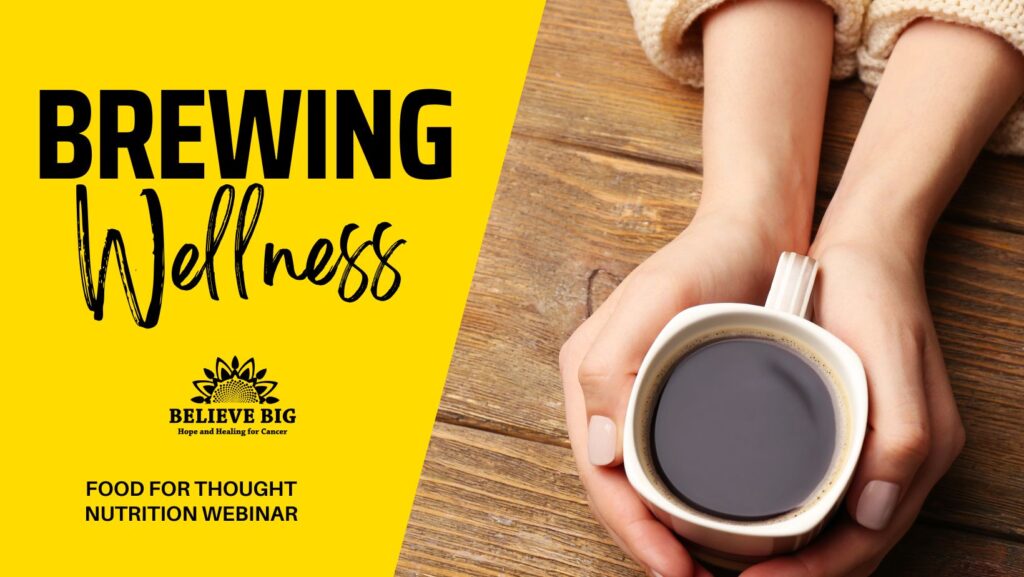
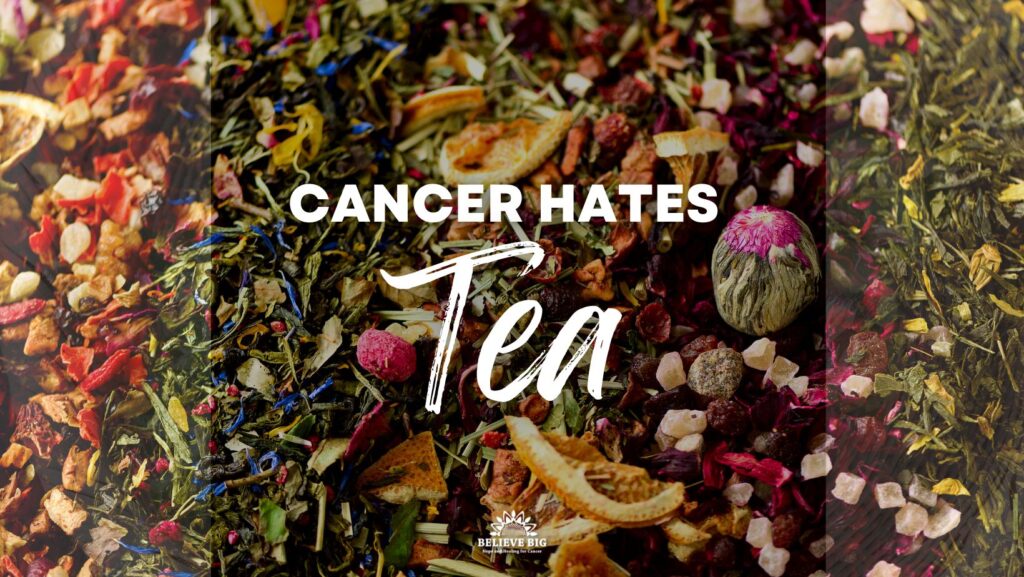

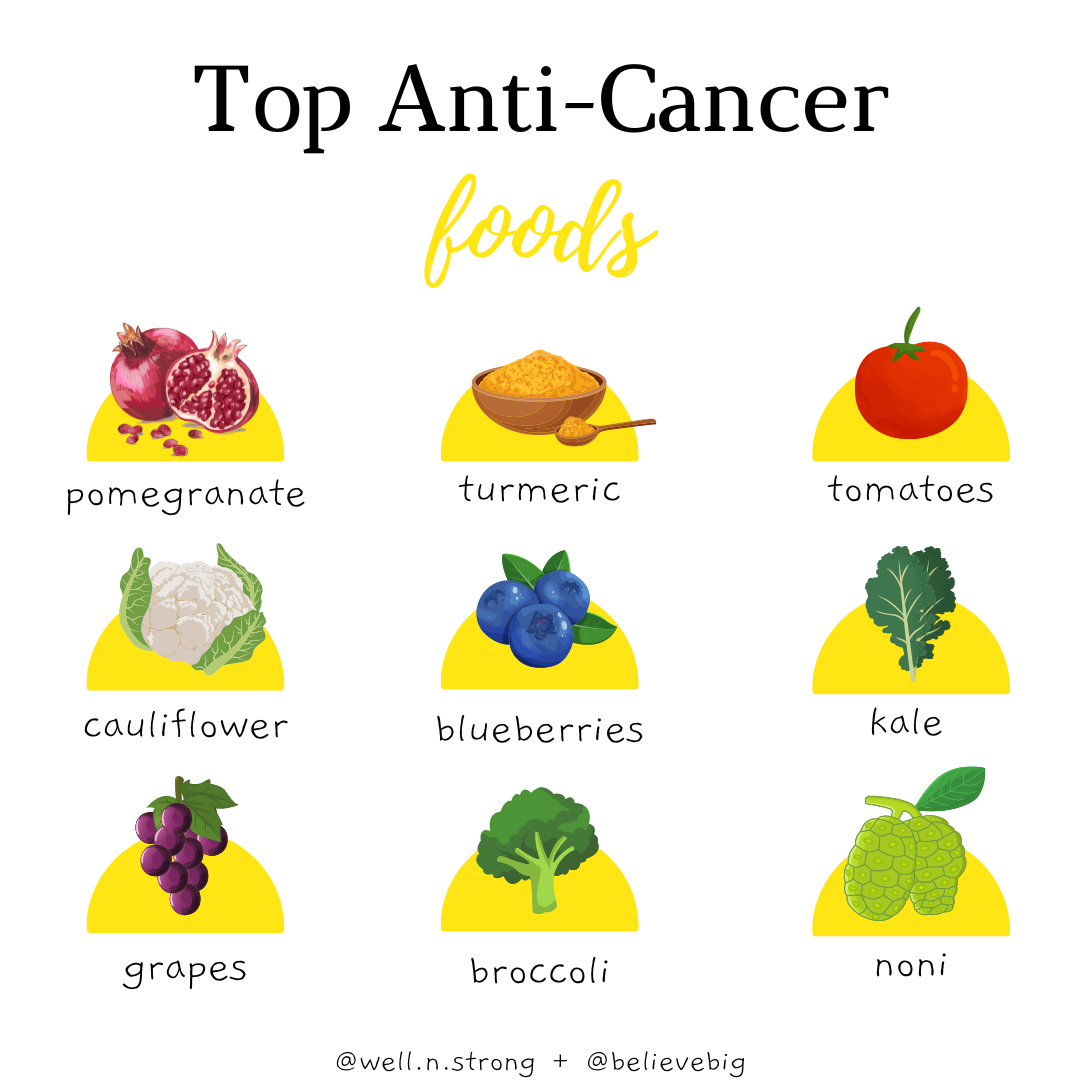 Cancer is a disease that is becoming increasingly common in today’s society, with many individuals experiencing its devastating effects. In this blog we will go over a handful of the top anti-cancer foods and essential oils that have anti-cancer agents.
Cancer is a disease that is becoming increasingly common in today’s society, with many individuals experiencing its devastating effects. In this blog we will go over a handful of the top anti-cancer foods and essential oils that have anti-cancer agents. 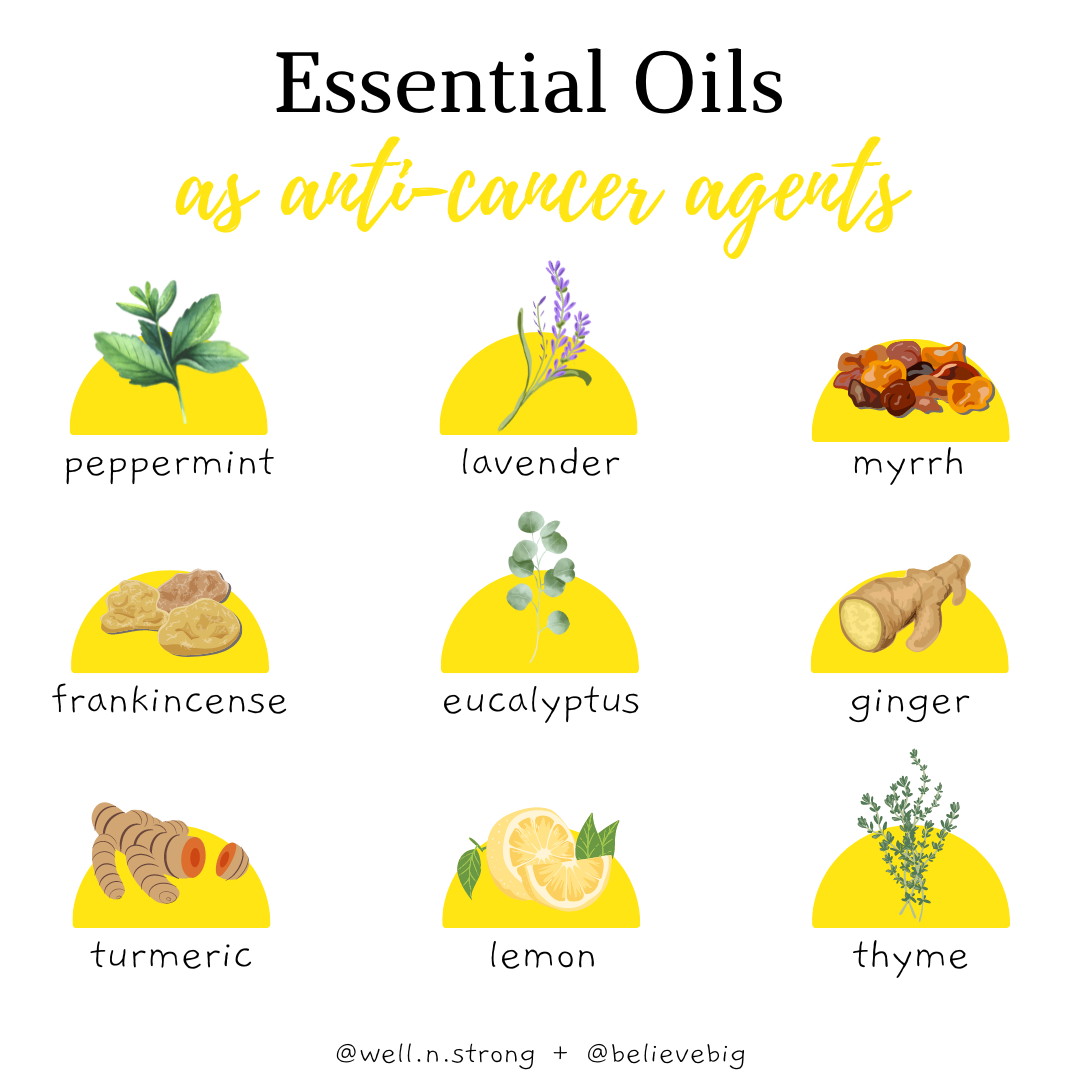 In conclusion, There are several essential oils that contain anti-cancer agents and have been shown to provide numerous benefits. For example, frankincense oil has been found to inhibit the growth and spread of cancer cells, particularly in breast and bladder cancers. Additionally, tea tree oil has been found to have anti-cancer properties, particularly in skin cancer. Other essential oils such as lavender, lemon, and peppermint have also been studied for their anti-cancer properties, with results suggesting that they may be effective in preventing the growth and spread of certain types of cancer cells. However, it is important to note that while essential oils may have potential benefits for cancer prevention and treatment, they should not be used as a replacement for conventional medical treatment.
In conclusion, There are several essential oils that contain anti-cancer agents and have been shown to provide numerous benefits. For example, frankincense oil has been found to inhibit the growth and spread of cancer cells, particularly in breast and bladder cancers. Additionally, tea tree oil has been found to have anti-cancer properties, particularly in skin cancer. Other essential oils such as lavender, lemon, and peppermint have also been studied for their anti-cancer properties, with results suggesting that they may be effective in preventing the growth and spread of certain types of cancer cells. However, it is important to note that while essential oils may have potential benefits for cancer prevention and treatment, they should not be used as a replacement for conventional medical treatment.